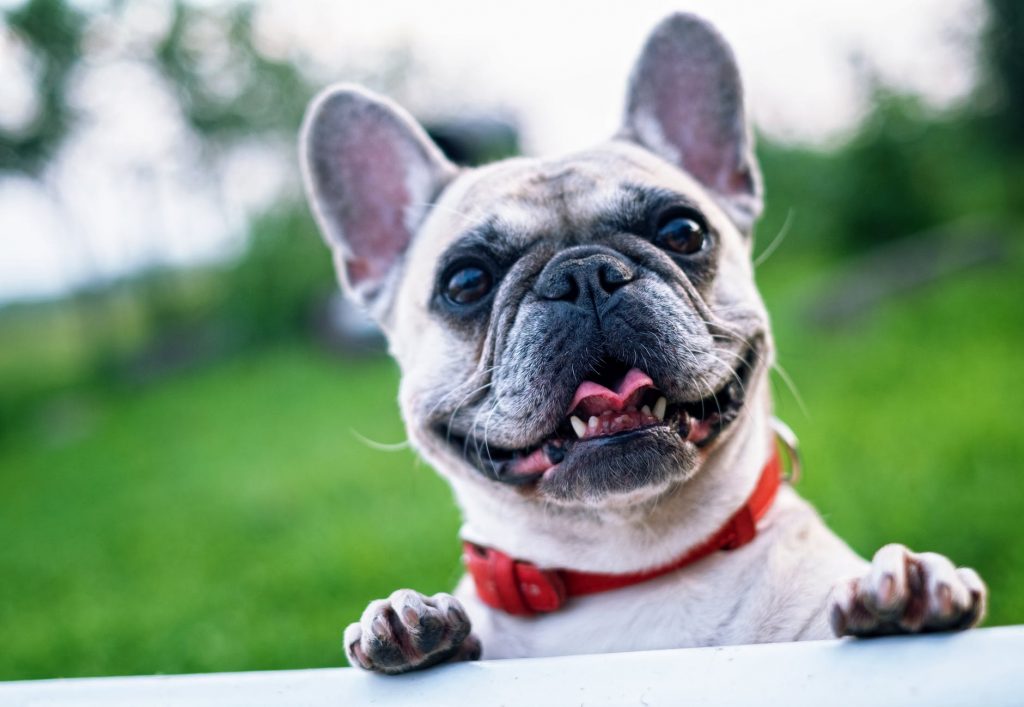
Dogs are often valuable members of the family and with the saying ‘Man’s Best Friend’ running true, it’s no surprise that they help enhance family life and bring joy each and every day. There can, however, be a couple of teething pains when it comes to introducing a new dog to younger children in the family, especially if they haven’t experienced dogs before. Once the bond is created the relationship can be beautiful, but to ensure they get along from the first meet, we’ve gathered some top tips for you to follow for the initial introduction.
Encourage Your Child to be Calm and Gentle
Whether you have a young puppy or an older dog, they can be overwhelmed by loud noises and fast movements. If your young child goes in extremely excited and energetic, it may spook your dog and cause them to bark or become anxious. By encouraging your child to be calm and gentle when around your dog, you will find it much easier for them to interact and have contact without any issues. A gentle stroke or pat from your child will instantly make your dog feel loved and affectionate, which is a great starting point for their new relationship. It’s also important to remember that you should always approach your dog from the side when initially petting them, as any movement from behind or directly in front can spook them and make them feel uncomfortable.
Avoid Treats and Toys
During the first encounter, you don’t want to tease or tempt your dog with treats as they may get overexcited and snatch the treat out of your hand or your child’s hands. Similarly, when you introduce toys during a first meet, it can cause some territorial feelings that could prompt your dog to stand its ground or try to show their authority. It can be beneficial to have a small supply of treats on you to praise your dog later on, after the interaction and training treats will really help with this. Online retailers such as Petwell stock a wide selection of training treats that you can choose from, but remember not to get the treats out during the first introduction of your new dog and child.
Allow the Dog to Sniff
It’s a dog’s way of saying hello, but they are often told off for sniffing and getting too close to people. When you introduce your dog to your children, allow your dog to sniff as much as they need to become comfortable and assured. Standing still and allowing your dog to have a little sniff will help to put their minds at ease and make them feel more comfortable around you. Be careful not to put fingers too close to your dog’s mouth when they’re sniffing, as they may be excited and try to nibble fingers as another way of showing affection which could scare your child at first.